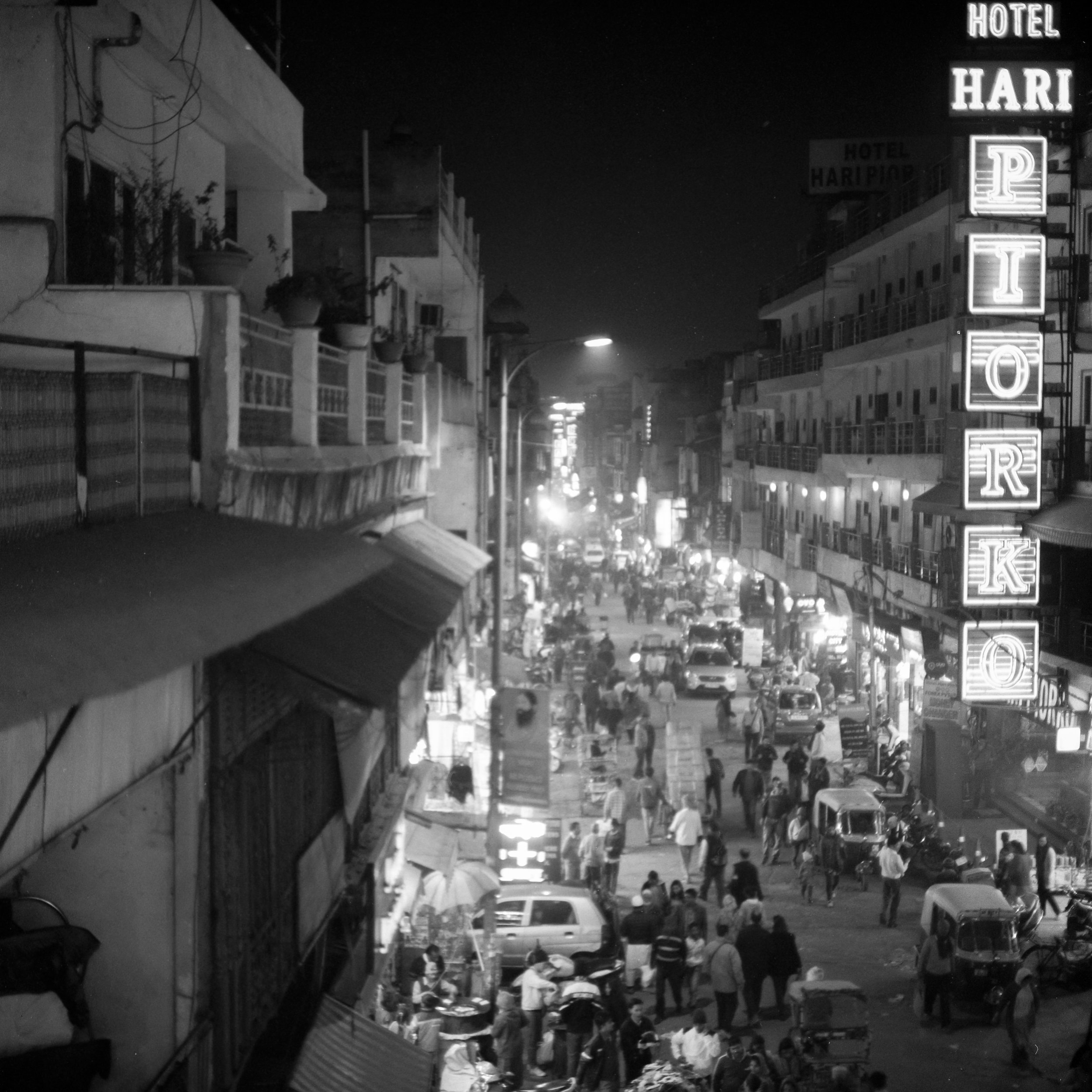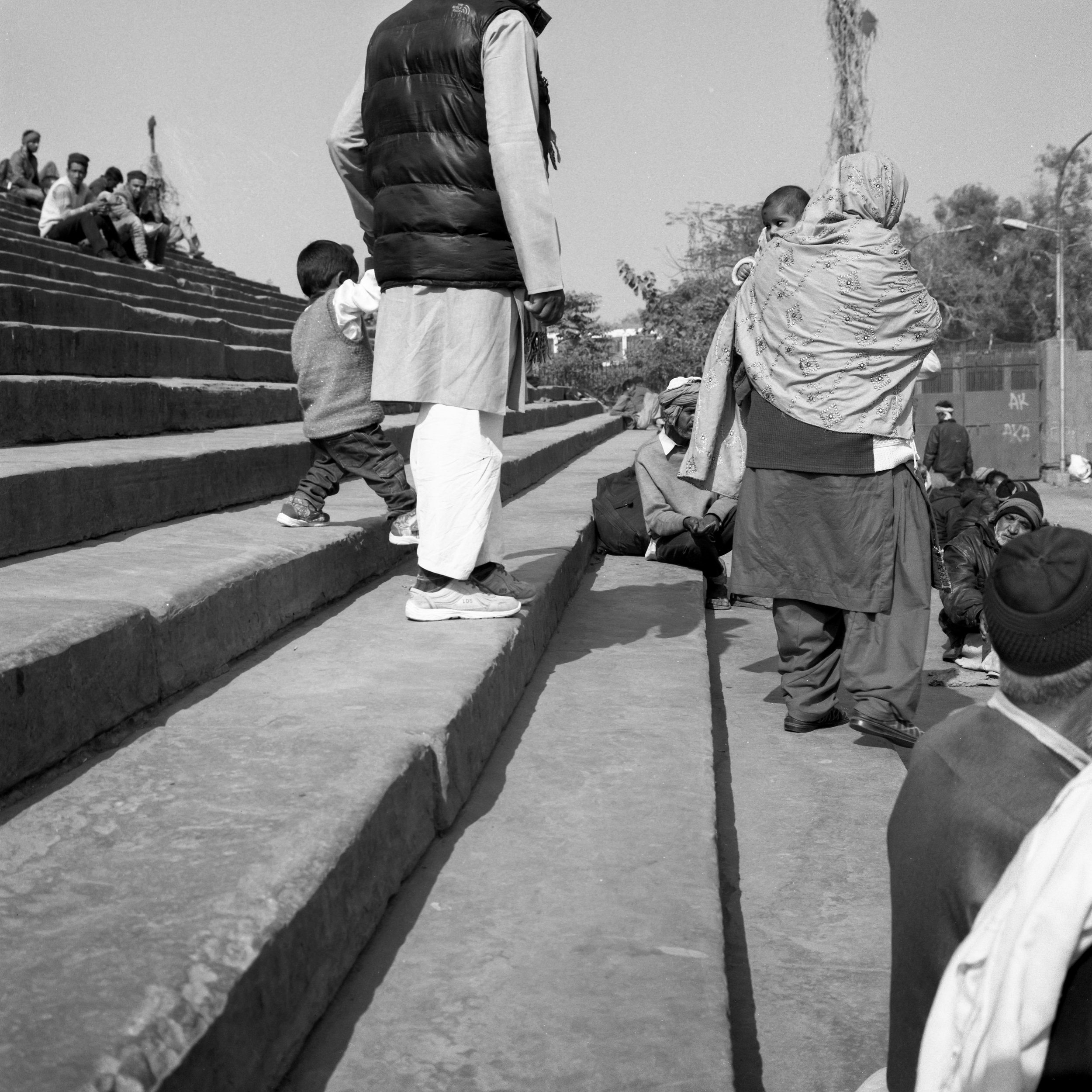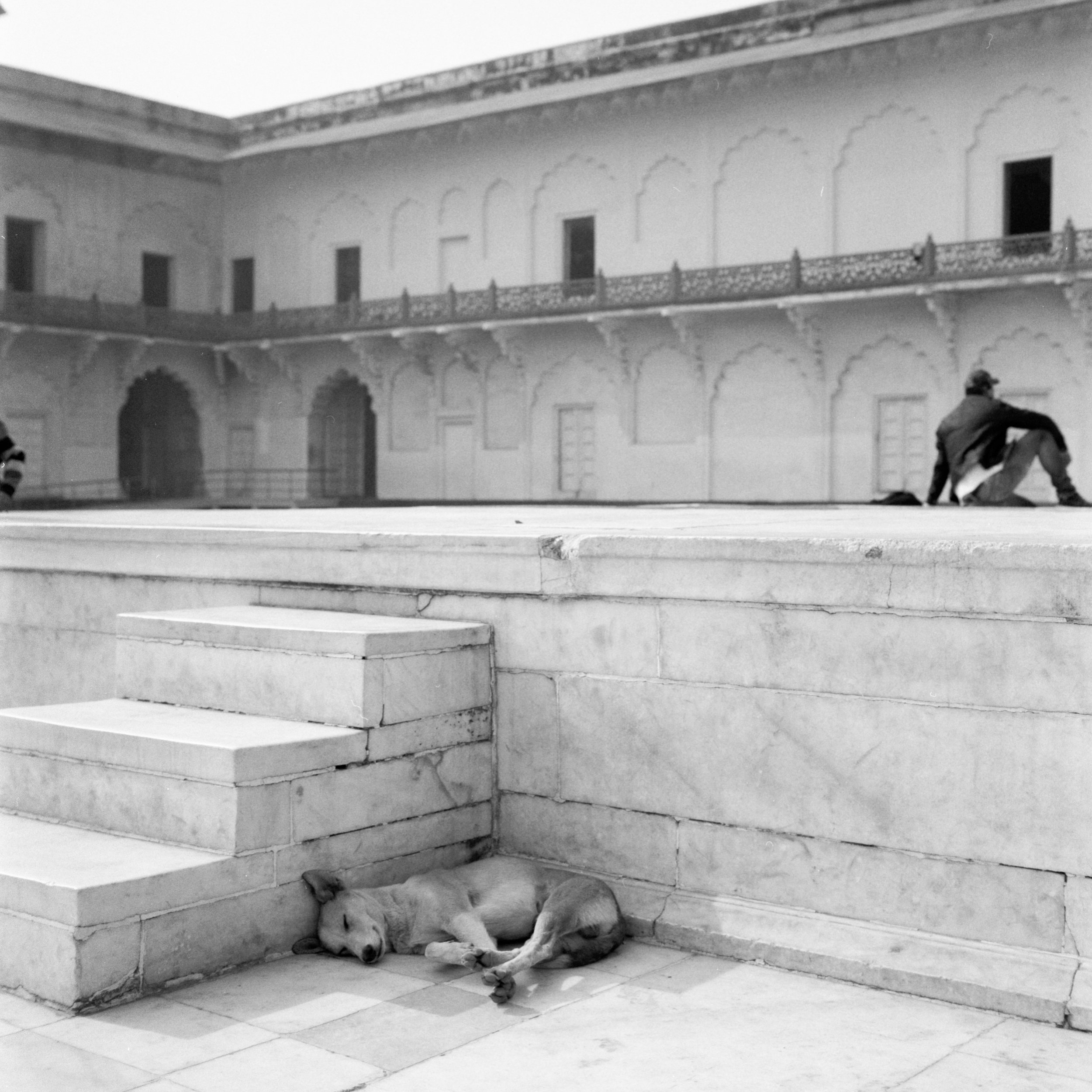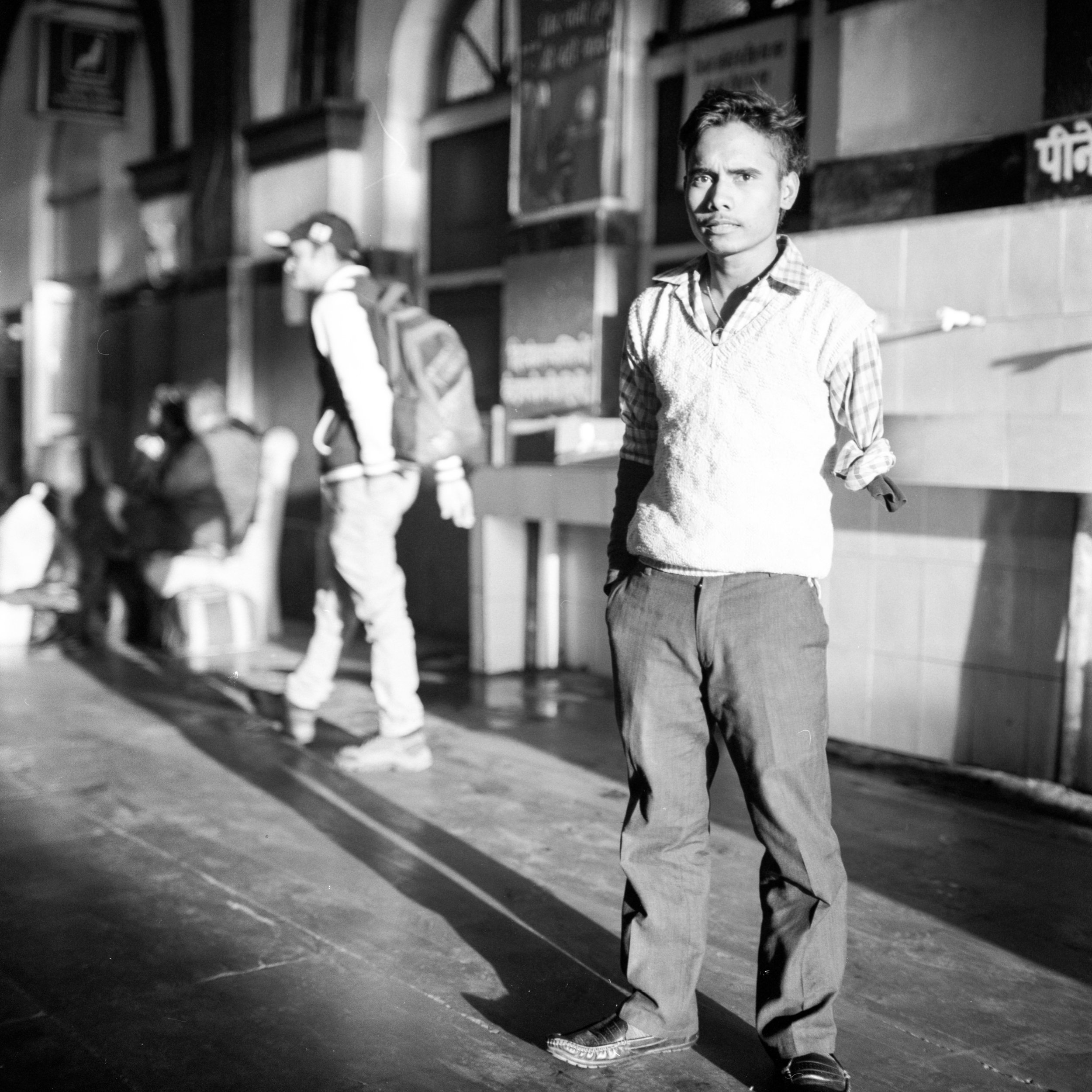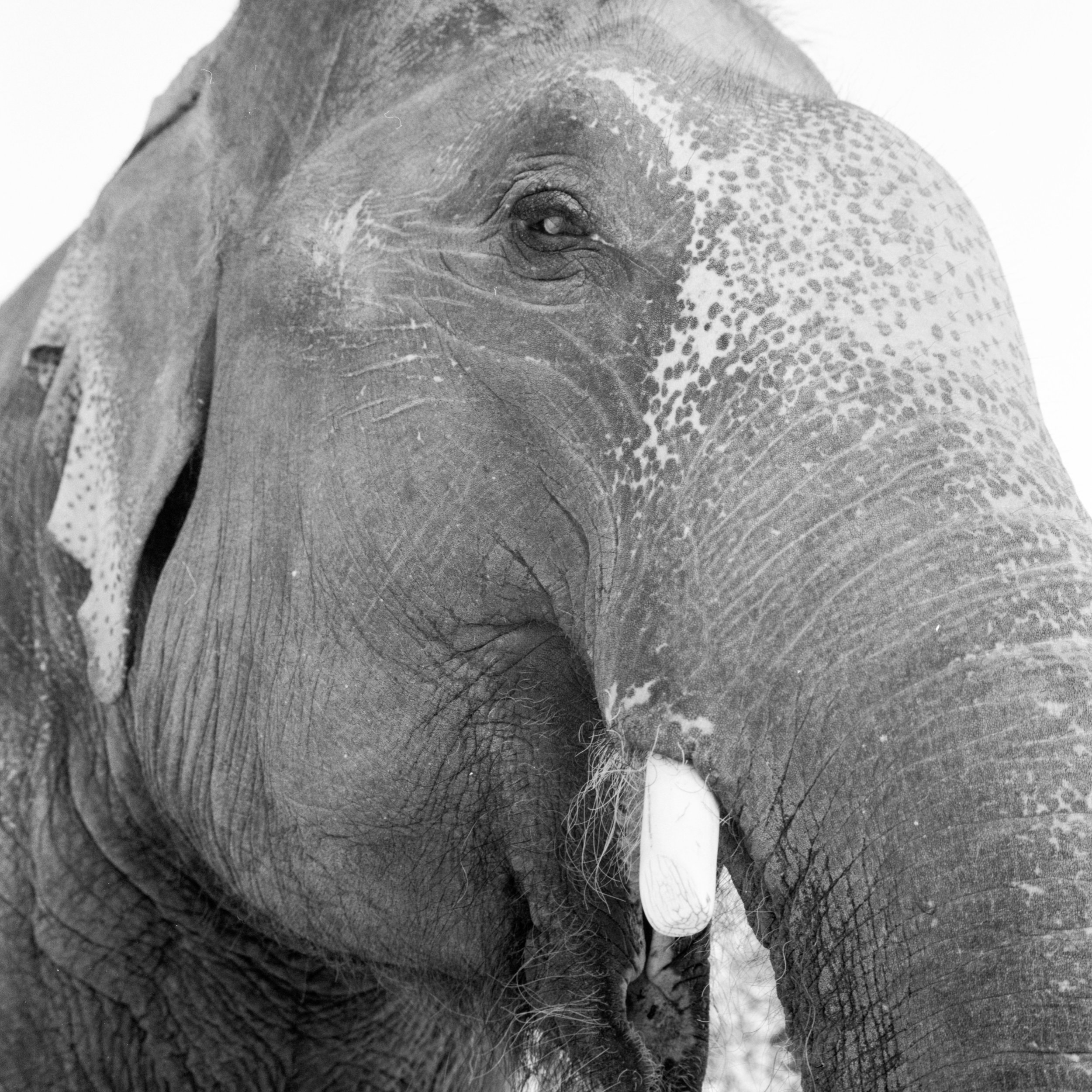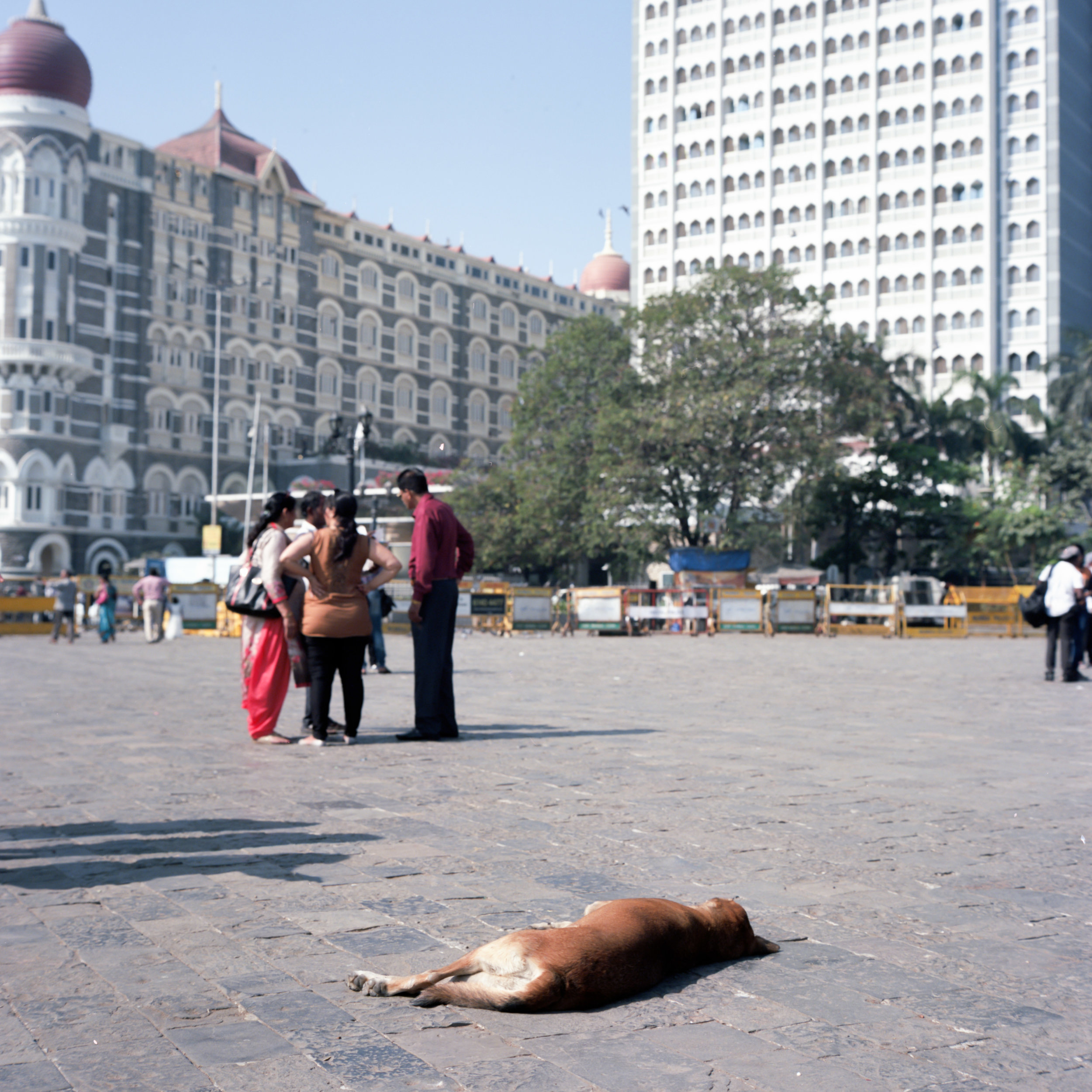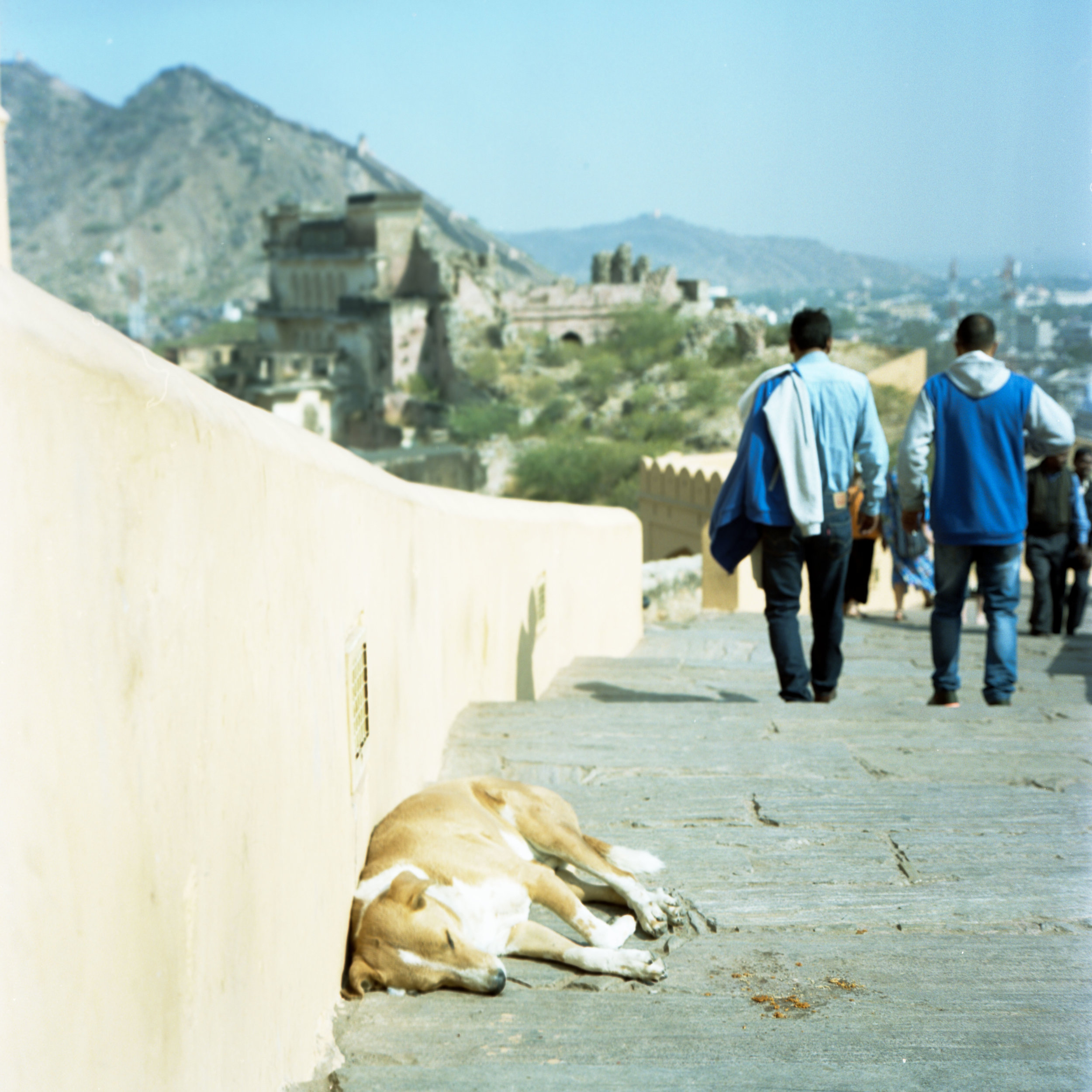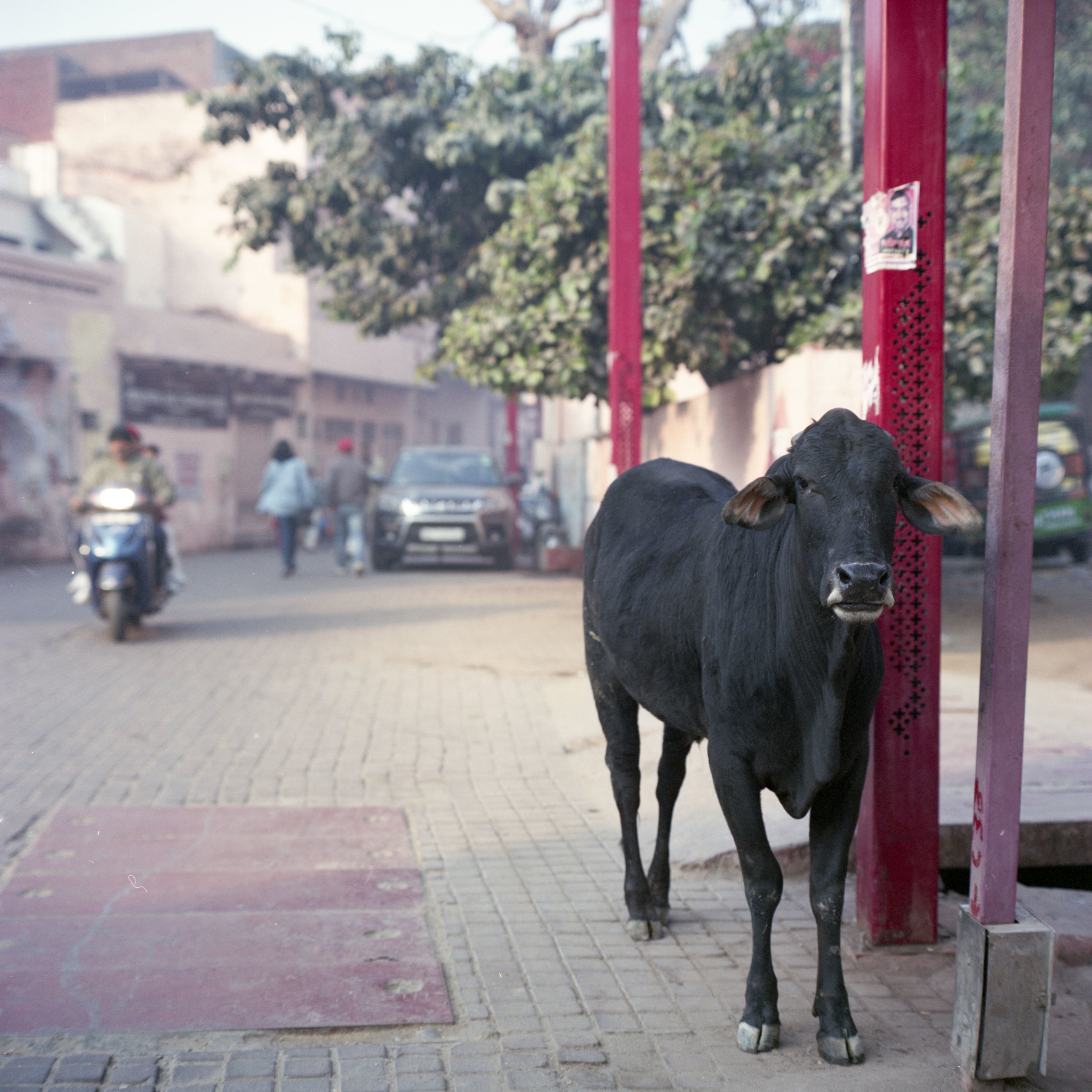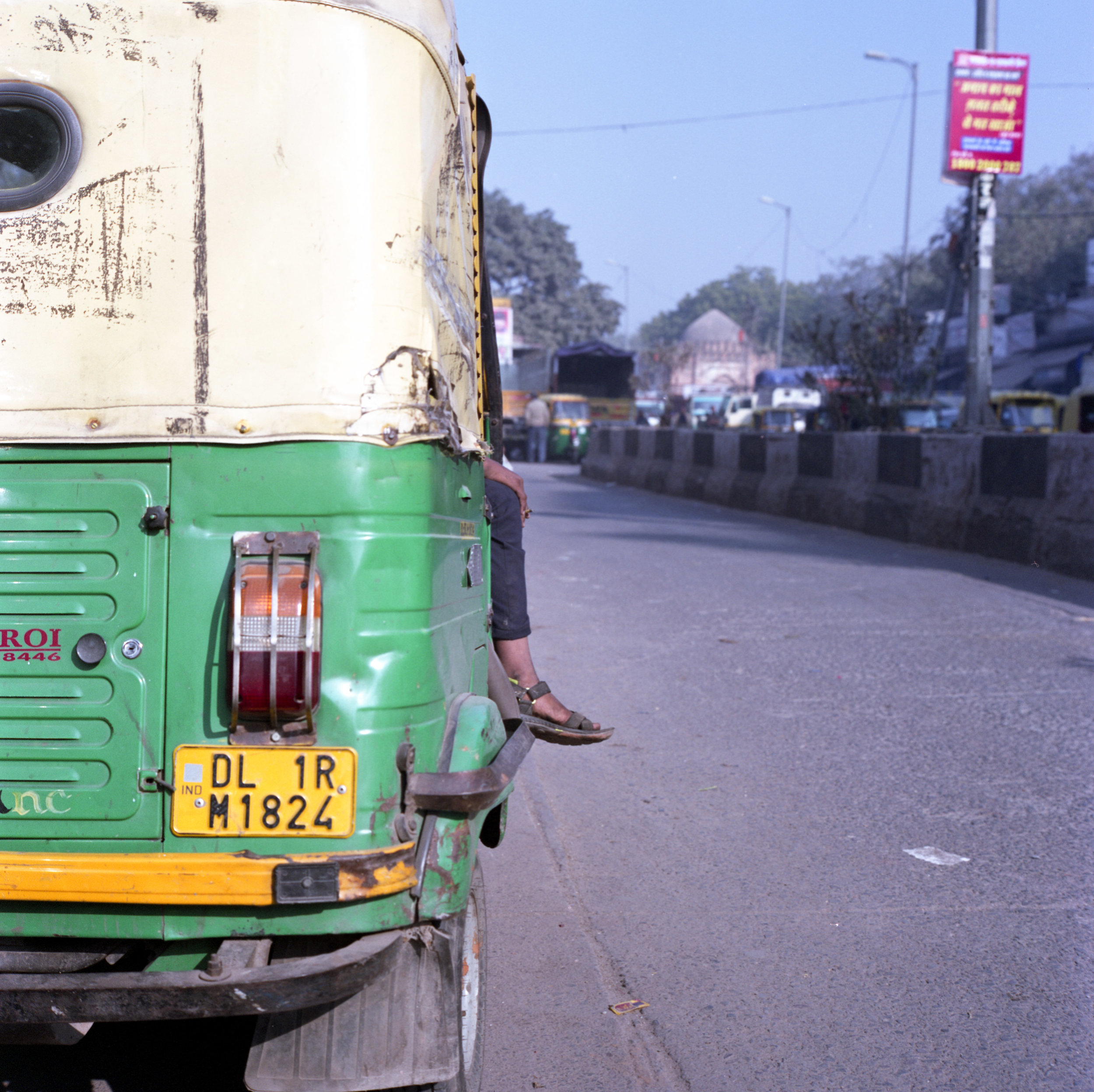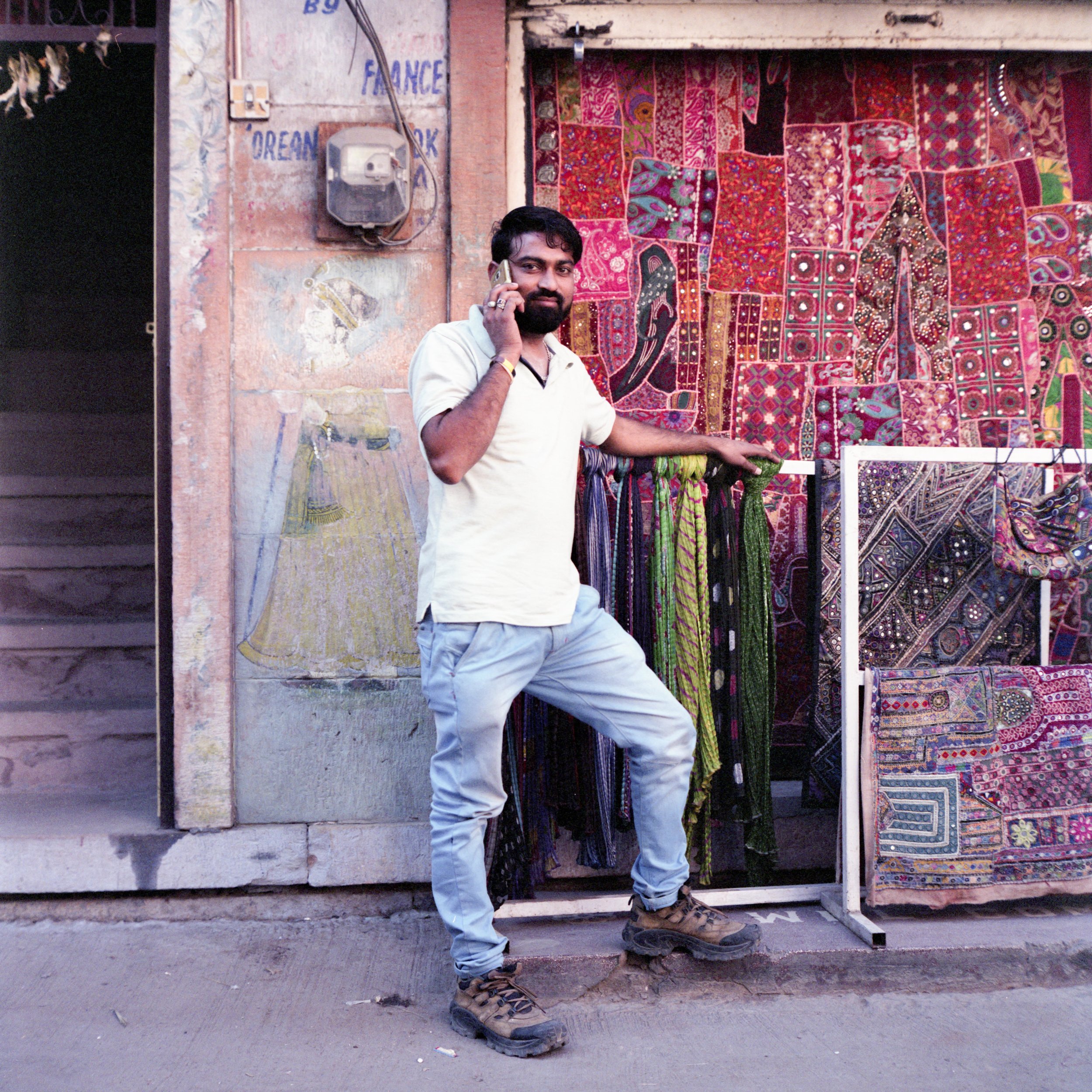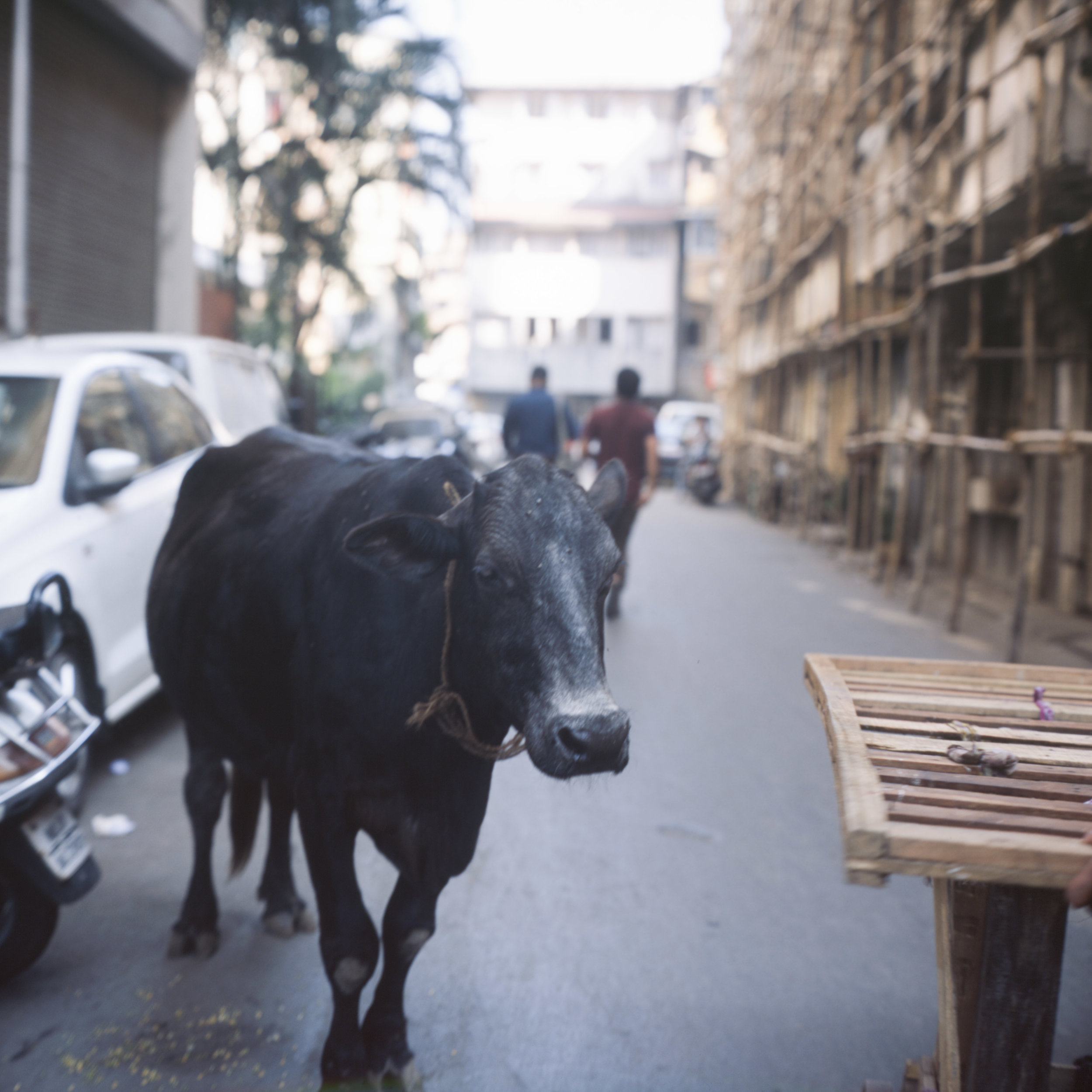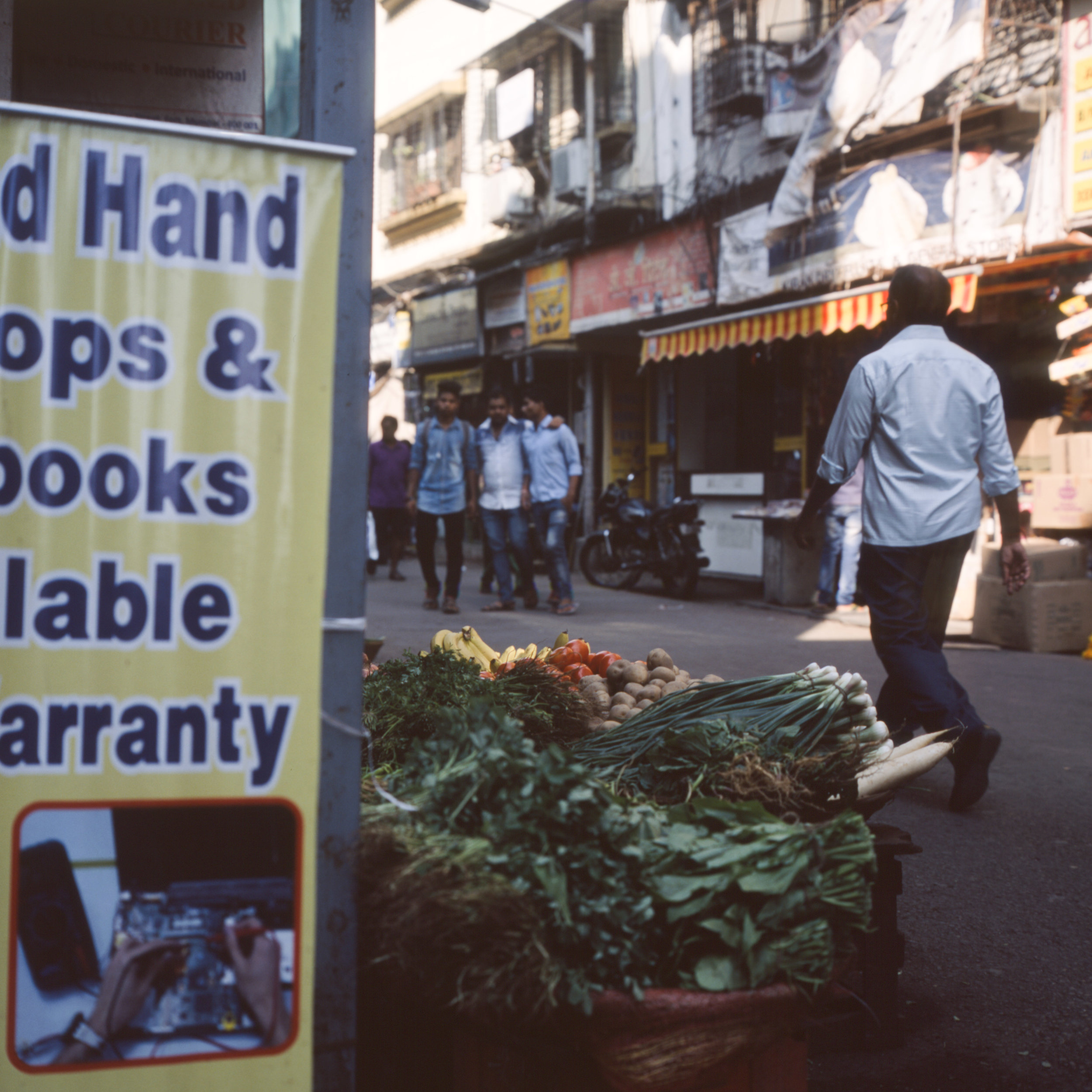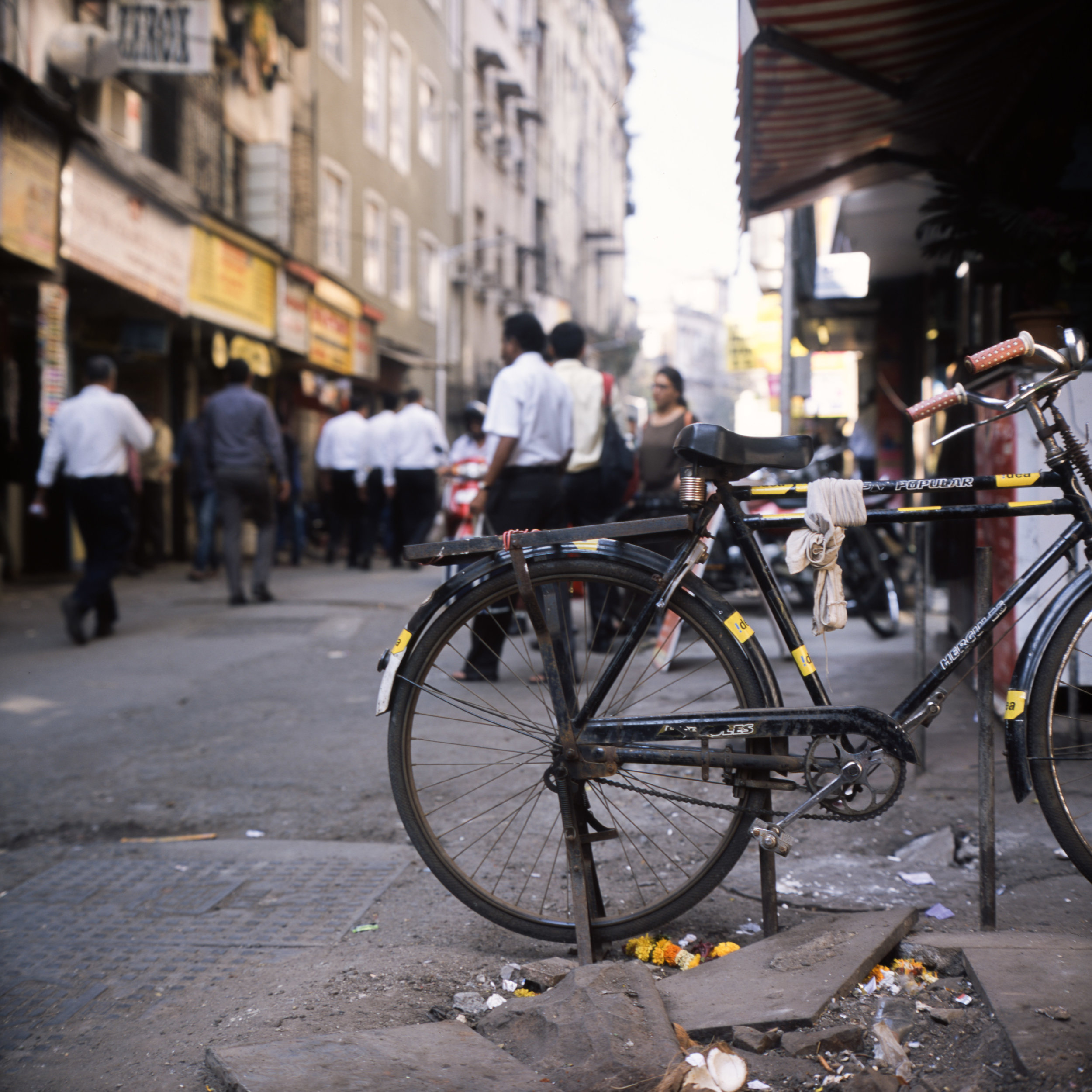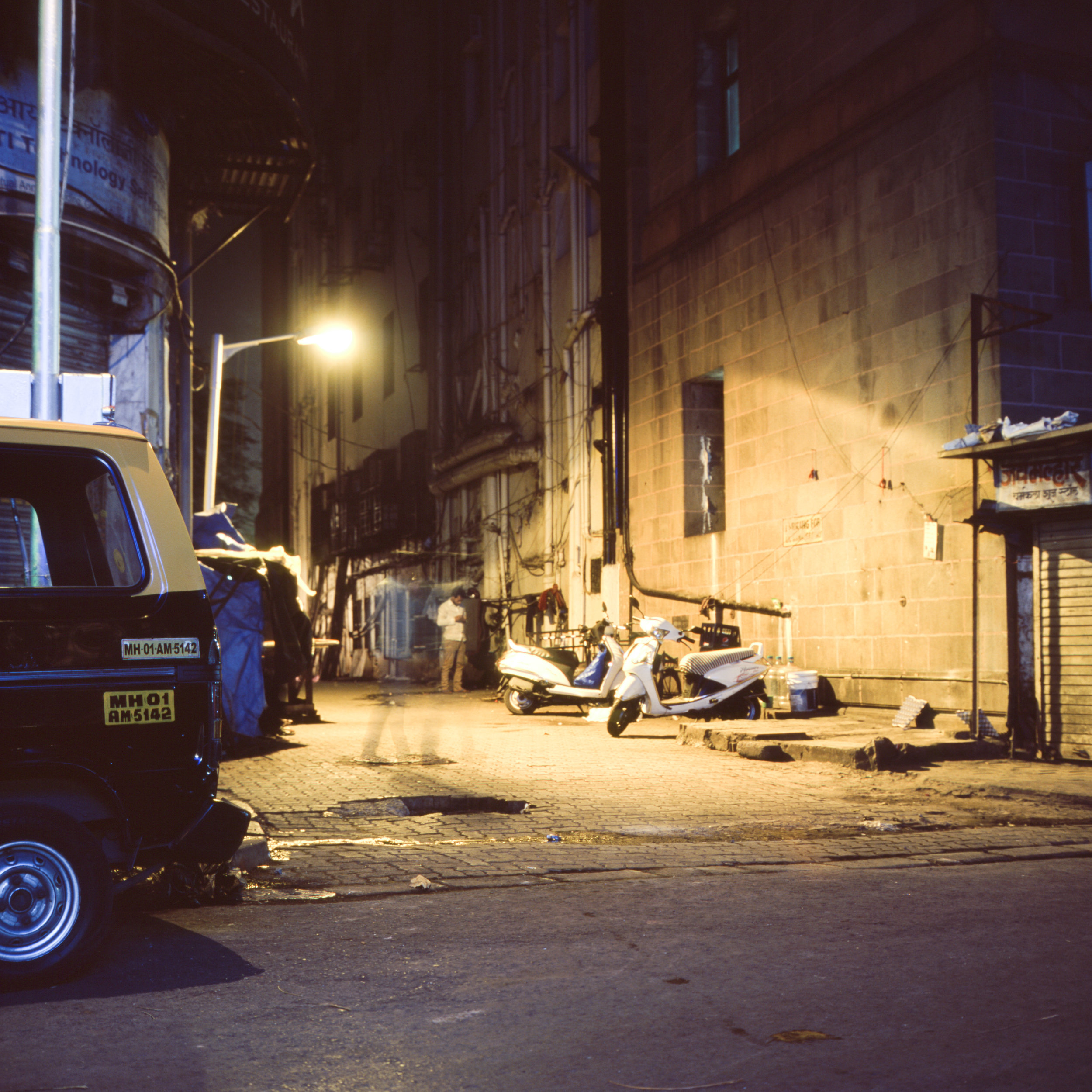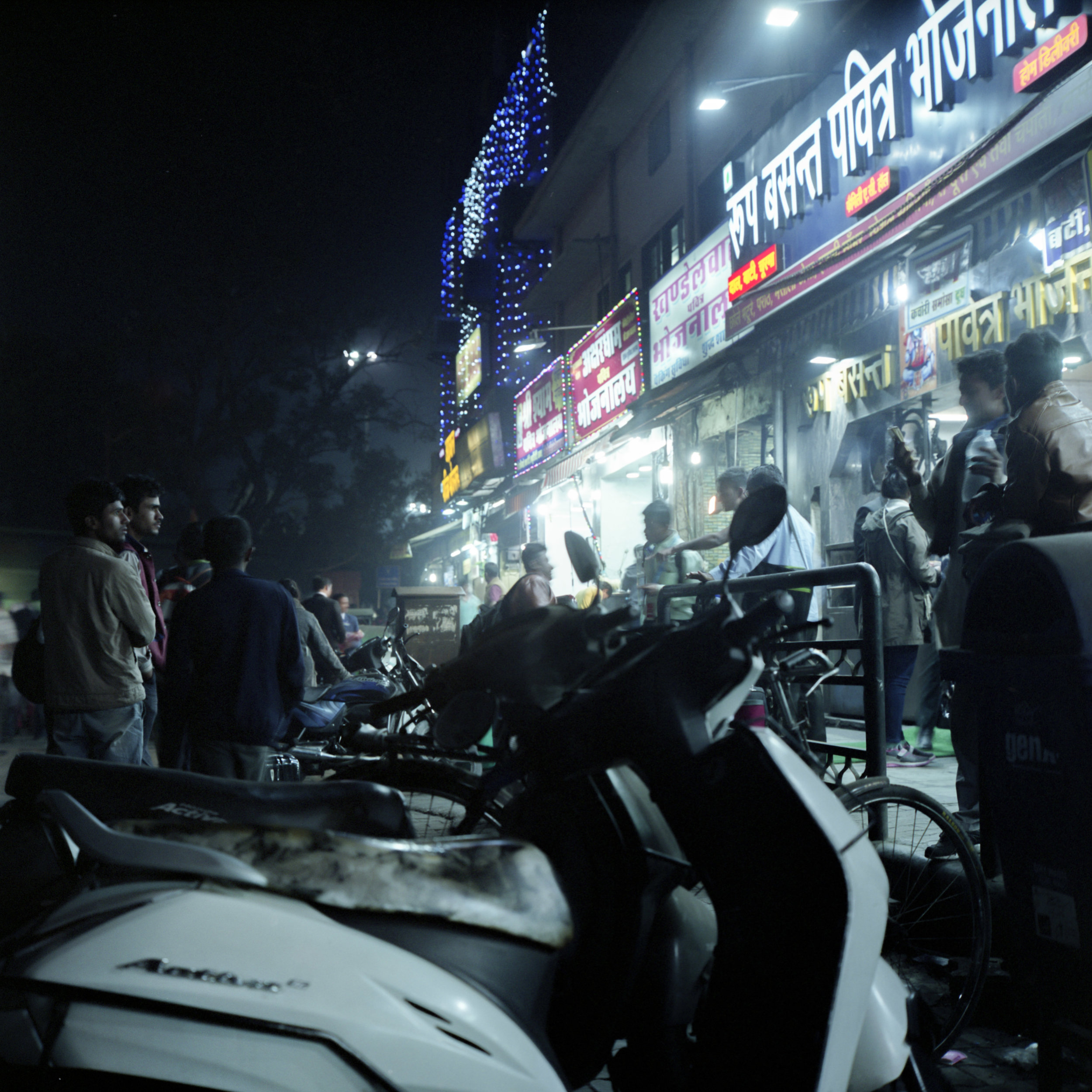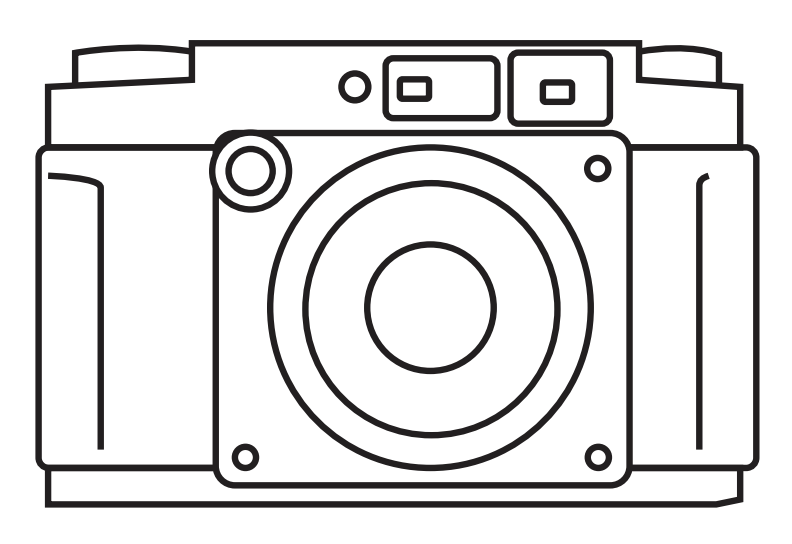Rolleiflex 2.8D Review
The Rolleiflex 2.8D
There are not many cameras quite as venerable as a Rolleiflex. The first Rolleiflex was introduced in 1929, and the first 2.8, the 2.8A, came in 1949. I'm sure if you want to read the history of Rolleiflex, a simple Google or even Ask Jeeves search will find what you need.
The model that I have, which is actually a friend's, is the 2.8D. The 2.8d is from 1955 and you can tell. The previous model, the 2.8c has 10 aperture blades and is sought after for that reason. The differences between any of these cameras are incremental upgrades and different lenses. The 2.8e was the first with a light meter. The 2.8f is the "holy grail" and what many consider to be the last true Rollei, as the following 2.8gx, 2.8fx, and 2.8fx-n were all made by a different company. I've handled and used a 2.8gx and it feels wonderful, to each their own I guess.
The Rollei 2.8d
My camera buying habits have led me up a path that culminated in having the top of the line camera for each design that I prefer to shoot. I started my medium format trip with a Yashica EM that has produced some of my favorite photographs but has always left me wanting a more professional TLR, and the Rolleiflex is exactly that. While there is nothing wrong with the Yashica, as there is nothing wrong with a Chevrolet, the Rolleiflex is the Cadilac.
My friend Steve, who also loaned me a pristine Hasselblad 501cm, said I could try out his Rolleiflex, I jumped at the chance. The example he loaned me was perfectly functional in every way, including a new Maxwell screen he had installed. If you do decide to hop down the Rolleiflex pathway, especially with these older models, consider a Maxwell screen, it is well worth the investment.
The 2.8D Lens Set
Shutter Speeds, much like every other TLR I've owned, range from B to 1/500th in full stop increments. Where the Rollei sets itself apart here, the user can lock in the shutter and aperture and use the EV scale. This is done by pressing in and turning the small button on the front of the aperture knob. The shutter, a leaf shutter, is almost silent. Without a mirror slap, taking a photo with this camera is an almost soundless affair.
The aperture on this camera is F2.8 to F22, hence the name. As with most higher end TLRs, both aperture, and shutter are changed with dials on each side of the lens and viewed from the top down on the lens. It is a very efficient and well thought out system.
Focus is around 1 meter to infinity, as with most TLRs. There is no meter on this camera, but using a handheld meter or your phone is pretty common. And, because there is no prism, the image is flipped. It took me a while to get used to this, but half my camera usage is like this now and it has become second nature. The problem with the older models of these cameras is that the viewfinder and viewing screen and not easily replaceable, whereas the 2.8f and beyond are interchangeable.
One main difference of this camera to other TLRs is the automatic film loading. Unlike my Yashica, where you have to wind to the start mark, the Rolleiflex has an ingenious system of rollers the sense the thickness of the backing paper. The user just has to make sure to load the film through these rollers, otherwise, the user will just wind the entire roll through. The locking mechanism on the door is also much more sturdy than other TLRs.
Part of the beauty of these older cameras is their simplicity. There is not much to them, while still being amazing pieces of equipment. Ultimately, I do not think I will purchase this camera, as my Hasselblad 501c has filled the need, but that does not stop me from appreciating it and absolutely loving using it. The images that I was able to produce with this camera were pleasing.
